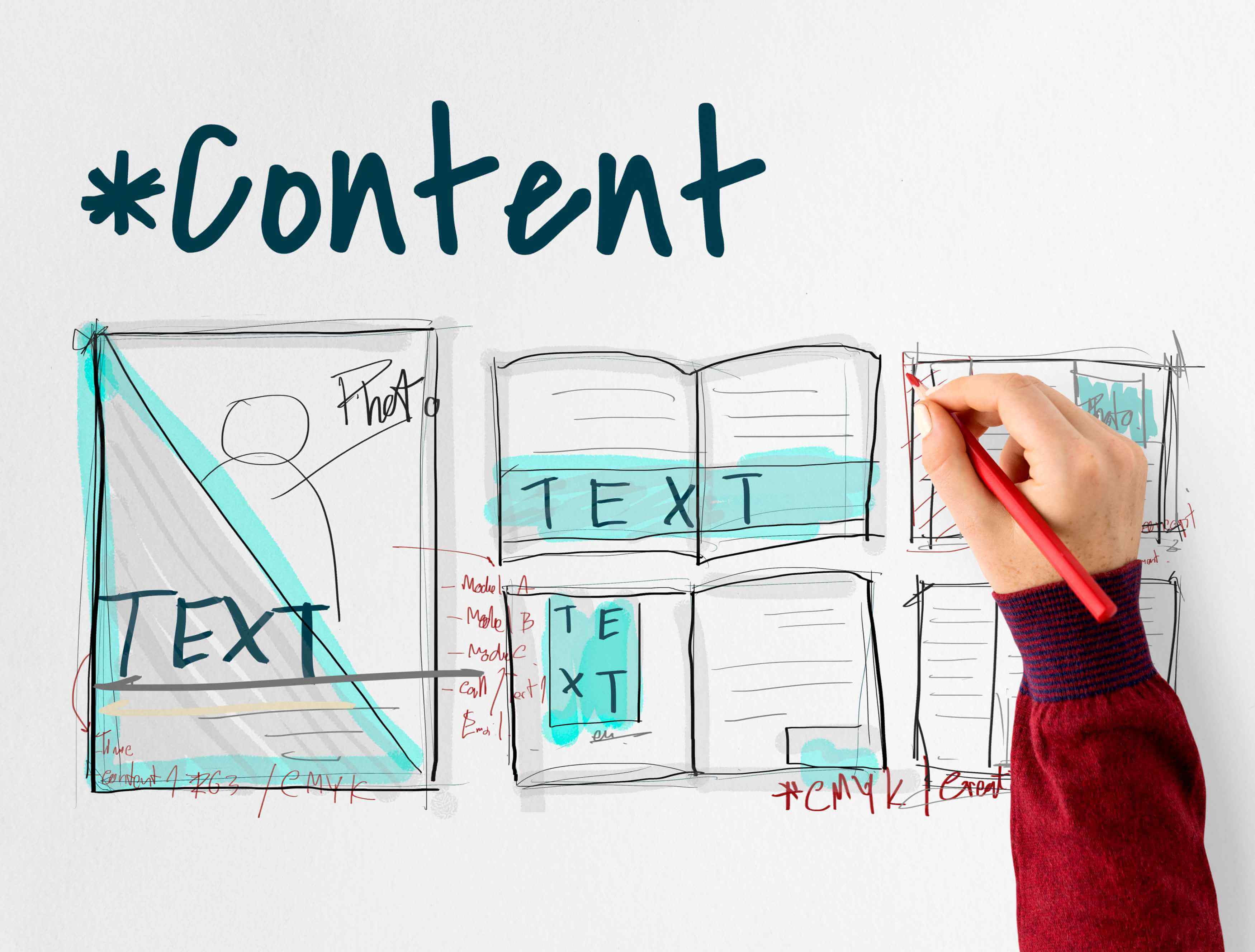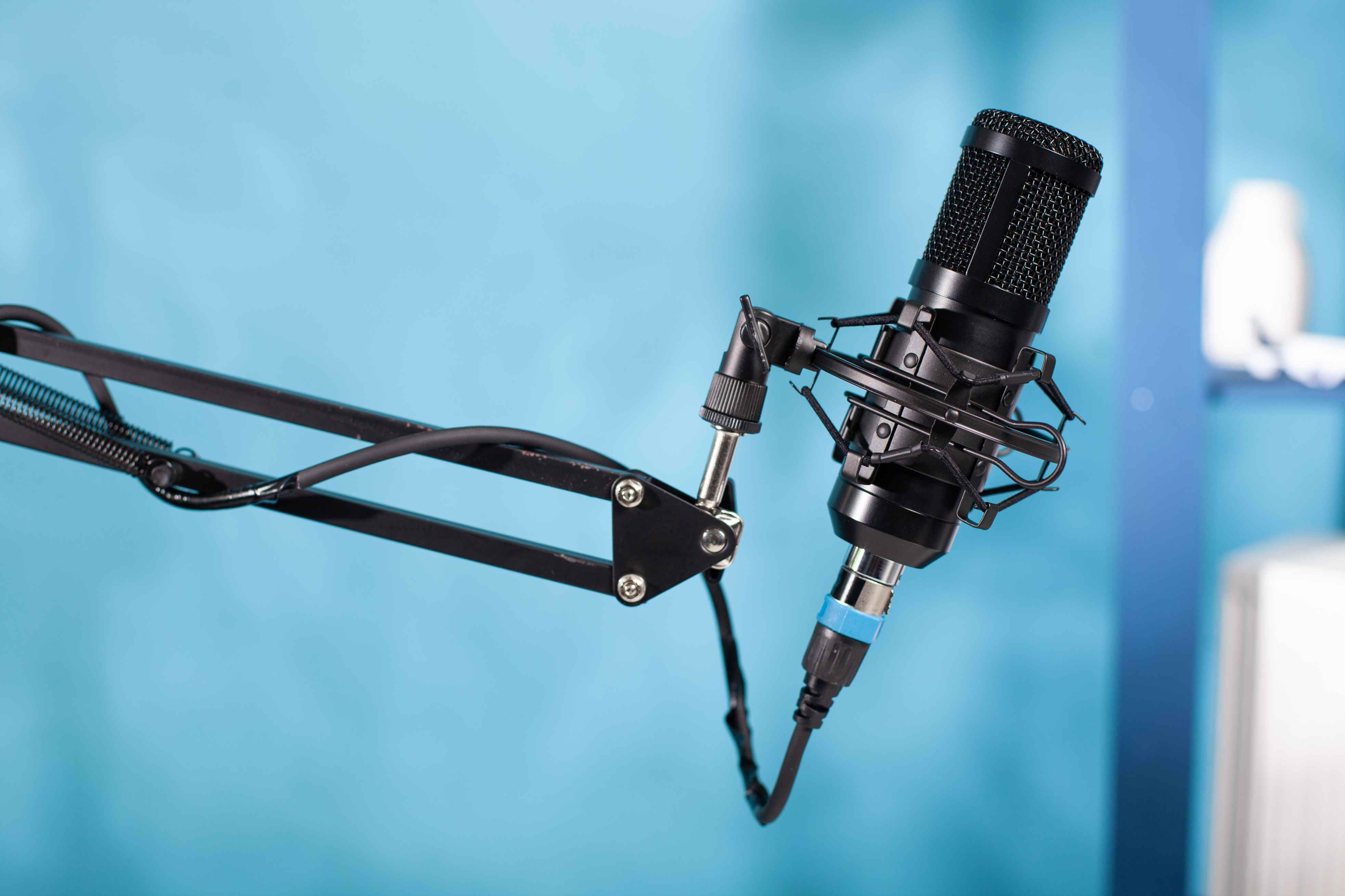In today’s world, we are increasingly saturated with a vast array of digital noise and online interactions that are rarely permanent. Due to these facts, Out of Home, or OOH for short, advertising offers a different way for brands to make more lasting impressions in the real world.
Out of Home (OOH) advertising is any advertising that reaches consumers outside their homes, such as billboards, transit ads, and digital displays in public spaces. Unlike online ads that can be easily skipped, ignored, or blocked, OOH advertising takes up space in physical spaces where people move through every day.
As consumers become more selective about their digital consumption, the value of high-visibility, real-world presence is only growing, making OOH an essential part of any well-rounded marketing strategy.
Types of Out of Home Advertising

Out of Home (OOH) advertising covers any visual advertising media that can be found outside of a consumer’s home. OOH remains one of the most effective methods to capture people’s attention in today’s fast-paced world.
From traditional billboards to more dynamic scenes, OOH advertising can be tailored to different goals, budgets, and target audiences of several brands.
Traditional OOH Advertising
Traditional OOH advertisements are static advertising formats that have stood the test of time. Traditional OOH is commonly used for brand awareness campaigns, local event promotions, and political advertisements.
-
Billboards: Located along highways or in urban centers.
-
Transit Ads: Seen on buses, subways, and taxis.
-
Street Furniture: Includes kiosks, benches, and shelters.
-
Posters and Flyers: Placed on walls or in public areas.
Despite being static, traditional OOH is a powerful tool for its simplicity and longevity. The most prominent features include:
-
Fixed messaging
-
Long display duration
-
Widely accessible
Digital Out of Home (DOOH) Advertising
Digital OOH, or DOOH, takes traditional formats and aims to enhance them with the most recent technology. DOOH offers more dynamic and interactive content opportunities for digital marketing campaigns.
-
Digital Billboards: Rotating or real-time content updates.
-
Interactive Kiosks: Equipped with touchscreens and sensors.
-
Transit Screens: Found in subways, airports, or train stations.
-
Geofenced Ads: Trigger content based on user location.
DOOH is ideal for campaigns needing agility, real-time engagement, or personalized content. The key features are:
-
Programmatic advertising
-
Real-time data integration
-
Higher engagement rates
Traditional vs Digital OOH
|
Feature |
Traditional OOH |
Digital OOH (DOOH) |
|
Format |
Static |
Digital/Interactive |
|
Content Change |
Manual, infrequent |
Real-time, dynamic |
|
Cost |
Generally lower |
Higher production & media costs |
|
Engagement |
Passive |
High (interactive options) |
|
Targeting Capabilities |
Location-based |
Location + time + behavioral data |
|
Ideal Use Cases |
Brand building, awareness |
Timely offers, personalized experiences |
Why Choose Out of Home Advertising?

As digital fatigue sets in, more and more consumers, OOH advertising continues to grow in relevance. Unlike online ads, OOH is not skippable and can be placed in high-traffic areas, ensuring that it can be seen by a lot of people.
OOH advertising can also be a powerful tool in performance marketing strategies. By placing ads in high-traffic areas, brands can drive specific actions, like increased foot traffic or website visits, which can be tracked and measured for campaign effectiveness.
OOH is able to create memorable brand impressions and complements digital campaigns for a 360-degree marketing approach. It works exceptionally well when brands want to maintain visibility in the physical world while boosting digital recognition
The top advantages of OOH advertising are:
-
High Reach: Captures thousands of daily impressions in urban or transit-heavy areas.
-
Cost-Effective CPM: Compared to digital media, OOH offers a competitive cost-per-thousand impressions.
-
Brand Recall: Large, bold visuals stick in consumers' minds longer.
-
Geo-Targeting: Place-specific messaging enables local targeting.
-
Complement to Digital: OOH reinforces digital ads, increasing conversion likelihood.
-
Long-Term Exposure: Traditional formats can remain in place for weeks or months.
How to Plan an OOH Campaign

Planning an effective OOH campaign requires a combination of strategy creativity and data. In order to make the most of their investments, it is essential for brands to start with clearly defined objectives that align with their overall marketing goals.
From identifying the right audience and choosing optimal locations to selecting the most impactful formats and allocating the budget wisely, each step plays a critical role in driving campaign success.
Setting Goals / Audience Targeting
Before launching a campaign, it is important for brand’s to understand the goals they want to achieve. Whether the objective is to increase brand awareness, promote a new product, or drive foot traffic to a specific location, having a well-defined purpose helps shape every other aspect of the campaign.
Typical goals include:
-
Increase brand awareness
-
Promote a new product or service
-
Drive traffic to physical or digital locations
-
Support a larger multi-channel marketing campaign
Equally important is identifying the right audience—understanding their behaviors, preferences, and routines allows brands to tailor messages and choose placements that maximize relevance and impact.
Main metrics that can be used for audience targeting are:
-
Demographic: Age, gender, income level
-
Behavioral: Commuting patterns, shopping habits
-
Location-based: Geographical proximity to a store or event
Choosing Locations and Formats
Location is one of the most crucial points in OOH. The chosen format needs to match the environment and the intended message. In urban centers, high-rise digital billboards and transit shelter displays effectively capture attention in high-traffic areas.
In suburban areas, roadside billboards and shopping plaza posters offer great visibility for drivers and shoppers. For events, brands use stadium screens or create branded installations at trade shows and festivals to engage audiences in immersive ways.
Making the right decision can be challenging, so here are some tips for choosing OOH locations and formats:
-
Consider visibility during both day and night
-
Avoid cluttered areas where your ad could be overlooked
-
Match the format size with the complexity of your messaging
Budget Considerations
OOH costs can change significantly depending on factors like location, format, and the duration of the campaign. Investing in fewer, well-placed OOH spots may yield better ROI than widespread but generic placements.
Main factors that affect OOH costs are:
-
City size and population
-
Type of billboard or digital display
-
Campaign duration
-
Production costs (printing, design, digital content)
Out of Home Advertising Success Stories

OOH has been a part of some of the most memorable and impactful marketing campaigns in recent years. OOH tends to be ideal for brands looking to leave a lasting impression with its ability to capture attention in high-traffic, real-world settings.
Let’s take a closer look at how leading brands have successfully used OOH to connect with audiences on a large scale.
Coca-Cola
Coca-Cola's campaign with personalized name bottles shown on digital billboards is one of the most notable uses of OOH. Using real-time data, DOOH screens displayed common names, inviting people to “Share a Coke”.
The impact of the OOH can be seen through:
-
High engagement on social media
-
Sales boost in local markets
-
Emotional connection through personalization
Spotify
Spotify’s "2018 Goals" campaign used witty, data-driven billboard messages derived from listener habits.
For example:
-
“Dear person who played ‘Sorry’ 42 times on Valentine’s Day, what did you do?”
The impact of this OOH campaign is visible with:
-
Viral buzz on social platforms
-
Reinforced Spotify’s brand personality
-
Smart use of behavioral data
McDonald's
McDonald’s integrates minimalism and universal symbols in their OOH designs. In one campaign, only the golden arches were partially shown — yet instantly recognizable.
Tactics used by McDonald’s for their OOH campaign are:
-
Visual branding (no copy needed)
-
High-frequency placement near restaurant locations
-
Dayparting with DOOH for breakfast/lunch/dinner offers
Netflix
Netflix uses OOH to tease upcoming shows with cryptic, conversation-starting visuals. Campaigns for shows like Stranger Things and Black Mirror often involve surreal imagery on billboards, creating intrigue.
The results of OOH advertising for Netflix include:
-
Social chatter and anticipation
-
Cross-platform synergy (OOH → online search → viewership)
-
Strong brand consistency
Frequently Asked Questions

What is an example of out-of-home media?
A classic example is a highway billboard. Other forms include posters at bus stops, transit ads on trains, airport displays, and digital screens in public areas like shopping malls.
What is POS and OOH?
POS (Point of Sale) refers to advertising inside retail spaces, near the point of purchase. OOH (Out of Home) occurs in public spaces and focuses on driving awareness. While POS aims to convert in-store traffic, OOH targets broader exposure.
What is OOH and DOOH?
OOH (Out of Home) covers all outdoor advertising like billboards and transit ads. DOOH (Digital Out of Home) is a digital version using screens and real-time updates, offering more dynamic and targeted messaging.
How much does an OOH campaign cost?
OOH advertising costs vary based on location, format, and duration. Digital and transit ads tend to be more expensive, while traditional billboards are usually more affordable. Premium locations and design costs can also increase the overall expense.
Is OOH considered media?
Yes, OOH is a major media channel alongside TV, radio, and digital. It’s especially effective when used in combination with other platforms as part of an integrated marketing strategy.















